For boats sailing in freshwater, whether the use of boat bottom paint is necessary is a question often asked by boat owners. This article will explore the question of whether marine bottom paint is necessary in freshwater from multiple perspectives, analyze its pros and cons, and help boat owners make an informed decision.
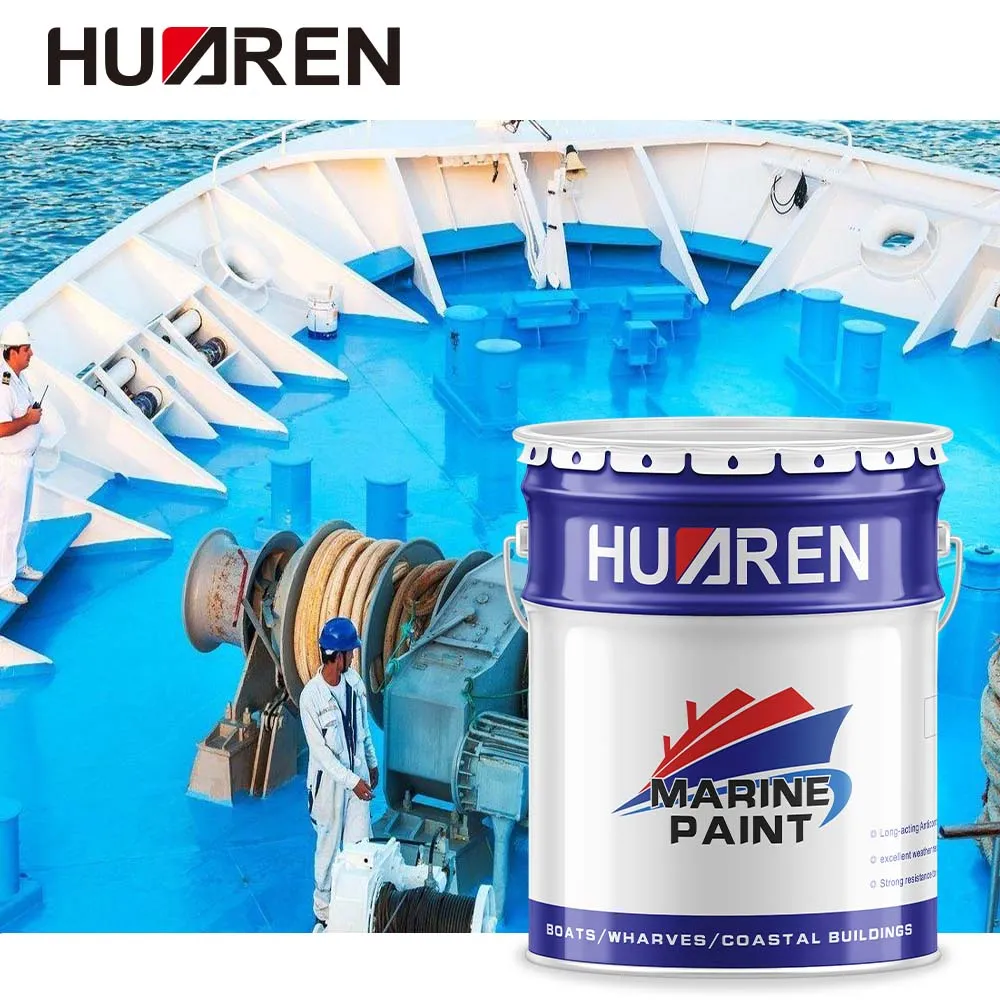
What is marine bottom paint? What is the function of marine bottom paint?
Marine bottom paint, as the name implies, is a coating specifically used for the bottom of a boat. Its main functions include anti-corrosion, anti-fouling, and enhancing the smoothness of the hull surface. Although there are obvious differences between freshwater and seawater environments, these basic functions of boat bottom paint are still of great significance in freshwater environments.
1. Anti-corrosion
Although freshwater does not contain high salt content like seawater, it still contains various minerals and organic matter, which can also corrode the hull under certain conditions. Aluminum and steel hulls, in particular, are more susceptible to electrochemical corrosion caused by electrolytes in freshwater. Boat bottom paint can form a protective film on the surface of the hull, effectively isolating corrosive substances in the water and extending the service life of the hull.
2. Antifouling
Although there are not as many marine organisms in freshwater as in the ocean, there are still algae, plankton and other aquatic plants. These organisms will attach to the bottom of the ship, increase the weight of the hull and underwater resistance, and affect the sailing speed and fuel efficiency of the ship. Antifouling paint contains special antifouling ingredients that can inhibit the growth and attachment of these organisms and maintain the smoothness and cleanliness of the hull surface.
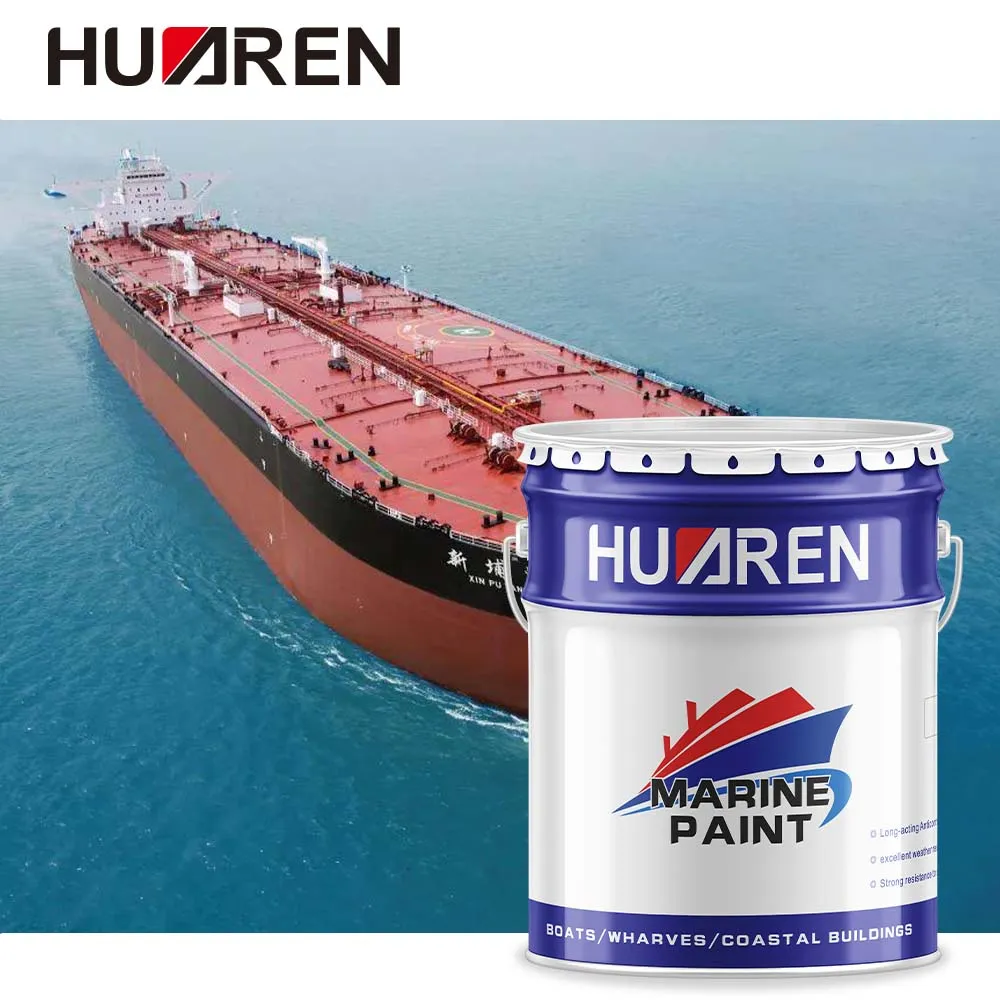
What are the characteristics of the freshwater environment?
Before discussing whether it is necessary to apply marine bottom paint, it is necessary to understand the characteristics of the freshwater environment. The freshwater environment mainly includes rivers, lakes and reservoirs, and its water quality and ecosystem are very different from the marine environment.
1. Water quality of freshwater environment
Freshwater has low salinity, but contains various minerals and organic matter, which can corrode the hull under certain conditions. The water quality of freshwater in different regions varies greatly. Freshwater in some regions may contain higher concentrations of sulfates or carbonates, which have a more significant corrosive effect on metal hulls.
2. Microorganisms and plants in freshwater environments
Although there are not as many types of microorganisms and aquatic plants in freshwater as in the ocean, they still have an impact on the bottom of the ship. The attachment of freshwater algae and plankton will not only increase the weight of the hull, but also affect the navigation performance of the ship and increase fuel consumption.
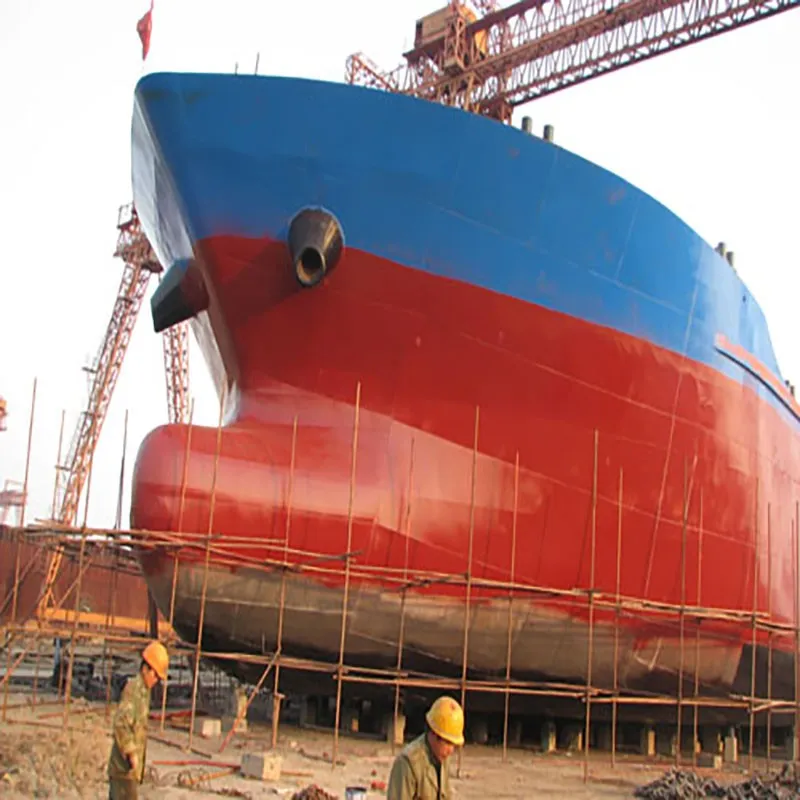
Does my ship need to be painted with marine bottom paint in freshwater environments?
Necessity analysis of marine bottom paint: In freshwater environments, the necessity of marine bottom paint mainly depends on the frequency of use of the ship, the docking time, and the owner's expectations of maintenance costs and performance. For ships that are docked in freshwater for a long time, antifouling paint needs to be applied to reduce biological attachment. Aluminum and steel hulls are susceptible to corrosion from electrolytes in freshwater. Applying marine bottom paint can provide an additional layer of protection and extend the service life of the hull.
1. Frequency of use and docking time
If the ship is frequently used in a freshwater environment and the docking time is short, the attachment of microorganisms and algae is relatively small, and the impact on the bottom of the ship is also small. However, if the ship is docked in fresh water for a long time, microorganisms and algae will gradually attach to the bottom of the ship, forming a thick biofilm and affecting the navigation performance. Therefore, ships that are docked for a long time need to apply antifouling paint to reduce biological adhesion.
2. Hull material
Hulls of different materials have different tolerances to freshwater environments. Aluminum and steel hulls are more susceptible to corrosion by electrolytes in freshwater, while fiberglass and wooden hulls are relatively less susceptible to corrosion. But no matter what material, antifouling paint can provide an extra layer of protection and extend the service life of the hull.
3. Maintenance cost and performance
Although applying boat bottom paint increases the initial maintenance cost, it can reduce long-term maintenance and cleaning costs. A clean and smooth bottom can improve the navigation efficiency of the ship, reduce fuel consumption, and improve overall performance.
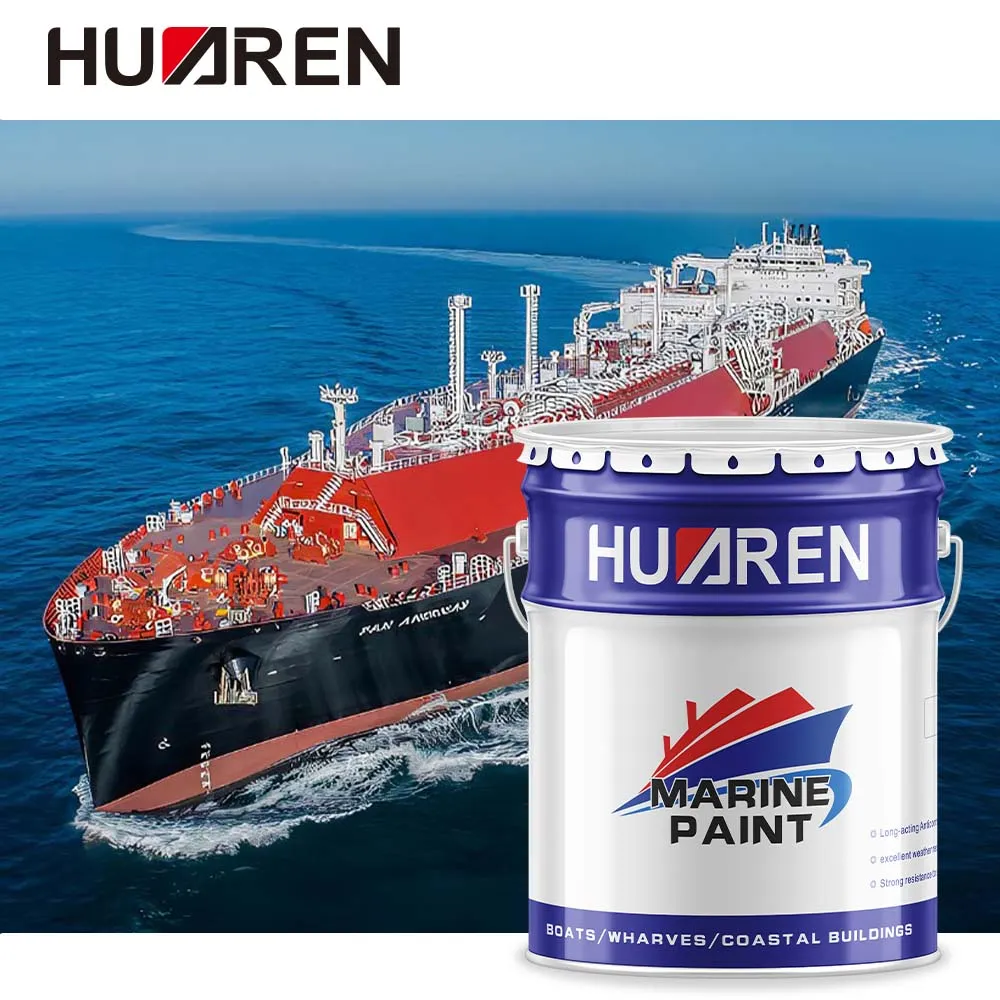
How to choose a marine bottom paint suitable for freshwater environment?
● Choose the right marine bottom paint: It is very important to choose the right type of boat bottom paint according to the characteristics of the hull material and the freshwater environment. Freshwater-specific antifouling paint usually contains special antifouling ingredients that can effectively inhibit the growth of microorganisms and algae in freshwater. At the same time, the adhesion and durability of boat bottom paint must also be considered to ensure its long-term use in freshwater. Huaren Chemical Industry Co., Ltd. produces a variety of resins, paints and other chemical products, which can help you choose the best boat bottom paint for you. Huaren's main products also include: heavy anticorrosive pints, floor paints, epoxy paints, acrylic paints, chlorinated rubber paints, water-based industrial paints, phenolic paints, alkyd paints, nitrocellulose paints and various industrial paints.
Proper construction method and maintenance of boat bottom paint
The construction of boat bottom paint requires professional technology and equipment. First, the surface of the hull needs to be thoroughly cleaned to remove the old paint layer and attached dirt. Next, apply primer to enhance the adhesion of antifouling paint. Finally, apply antifouling paint in layers to ensure the uniformity and integrity of each layer of paint. During the construction process, the thickness and drying time of each layer of paint need to be strictly controlled to achieve the best protective effect.
After applying boat bottom paint, it is necessary to regularly check the integrity and antifouling effect of the boat bottom paint film. Through regular inspection, the damage of the paint film can be discovered and repaired in time to maintain the protective performance of the hull. At the same time, regular cleaning and maintenance can also effectively extend the service life of the boat bottom paint.
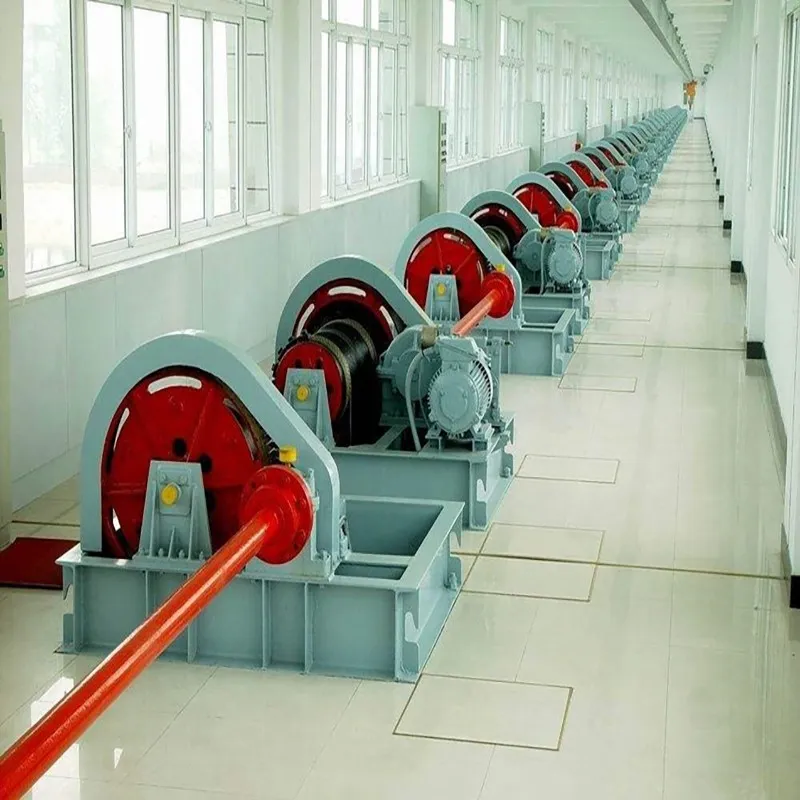
Conclusion on whether marine bottom paint is needed in freshwater environment
In freshwater environment, whether a ship needs to be painted with marine bottom paint depends on many factors, including frequency of use, docking time, hull material and maintenance cost. Although there are obvious differences between freshwater environment and marine environment, antifouling paint still plays an important role in preventing biological attachment and corrosion. Especially for ships that are often used in freshwater environment and docked for a long time, applying boat bottom paint is a necessary and worthwhile maintenance measure.
Ship owners should choose the appropriate boat bottom paint according to the specific situation and strictly follow the construction requirements for painting to ensure that the hull is fully protected.

